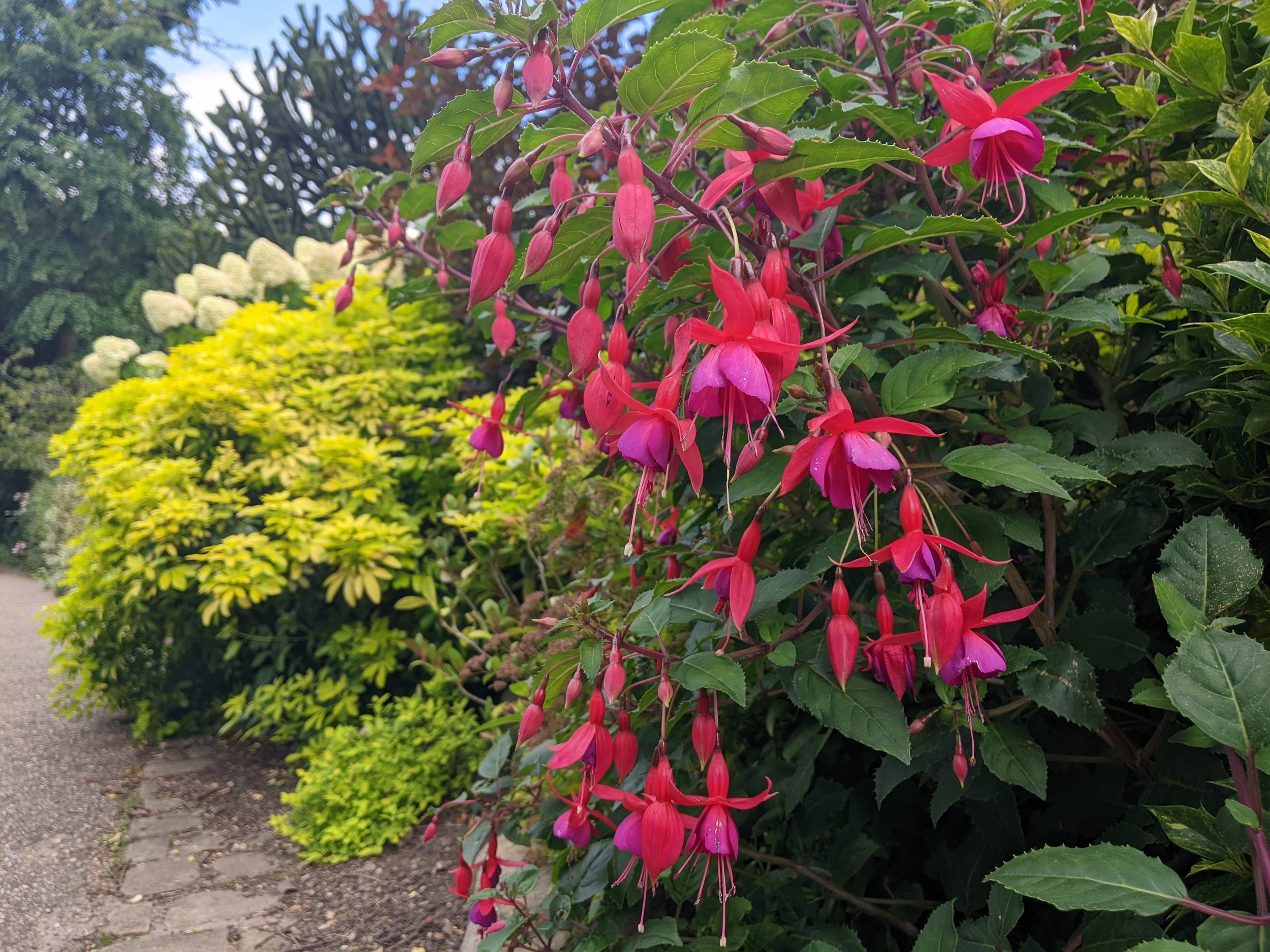Museum Gardens:
“Actor-Networks” in York
England takes pride in its gardens. While walking in cities from London to Sheffield and York, it is quite hard not to appreciate, or even admire and let alone enjoy the number, size, and order of some private and public gardens. A city tour of York usually includes the Museum Gardens, already described in 1854 as one of the city’s ‘principal attractions’, and this podcasted-walkis no exception. However, given that this is a sociological walk, the Gardens will be viewed from another, less common perspective, namely that of ‘the gardening state’ through ‘posthumanist eyes’. By combining these two concepts, the Gardens become a site of intersections between materiality and ideas, knowledge and power, empire and colonialism.
York Museum Gardens is the name given to the space that contains botanical gardens, a museum, a library and archive, as well as several ruins of an old Abbey and manor. Connecting them is a network of pathways and trails. This network, and the places it connects, might seem stable, formidable, and consistent, held together by its name. But, in fact, it has gone through significant changes in its structure. The Gardens as seen today, started off with the Yorkshire Philosophical Society, founded in 1822. This was a group of thinkers and scientists who were committed to the advancement of science and the spread of knowledge. To that end they established a place to house all sorts of biological, geological, and archaeological collections. This network of people materialised its ideas in the Yorkshire Museum building, aimed to store knowledge from around the world.
Here power enters the frame as what flows through the different nodes or actors of the network. For example, in 1828 the Society was given a grant from the British Royal Family to build the museum on the grounds of St. Mary’s Abbey. If it wasn’t for those connections, the museum would not have been built. Furthermore, the Society’s aspiration to form a place that holds accumulated knowledge exposes the more implicit connection between scientists and colonialists. It is due to the latter’s projects that the former’s knowledge can be collected and brought ‘home’, to the Museum that was founded in 1830 during the Empire's heyday. The Society’s aspiration is thus materialised in the vast network of plants and animals spread all across the Gardens, as well as the Museum's exhibits.
Taken more broadly, the Society and the Gardens represent what sociologist Zygmunt Bauman called ‘the gardening state’. He argued that ‘Modern culture is a garden culture’, in the sense that society is the garden and the gardener is the social engineer. By doing the ‘gardening’, the social engineer brings order and control to society. As he wrote (while referring to the Holocaust as the ultimate act of gardening): ‘The order, first conceived of as a design, determines what is a tool, what is raw material, what is a weed or pest… From the point of view of the design, all actions are instrumental, while all the objects of action are either facilities or hindrances’. It is precisely the posthumanist perspective of actor-network that allows us to discern the ethical, political, social and economic complexities of the Gardens, woven in-and-through space and time, subjects and objects, humans and non-humans.
Listen to the podcast below to learn more!
Eliran Bar-El is a Lecturer in the Department of Sociology at the University of York. His research and teaching involve social theory, cultural sociology, and the sociology of intellectual interventions. He is the author of Multiplitism: Set Theory and Sociology (Palgrave Macmillan, 2021).





